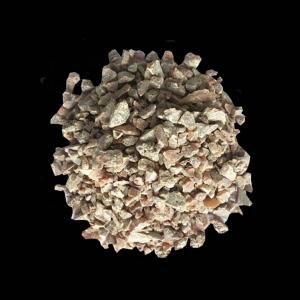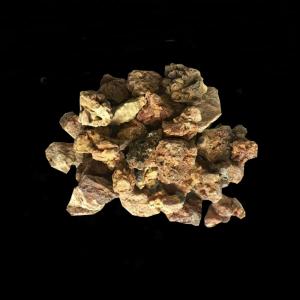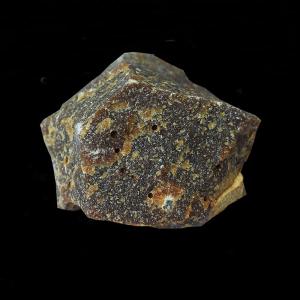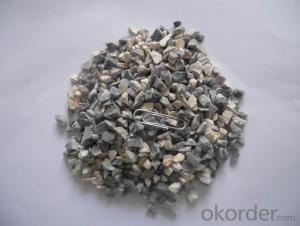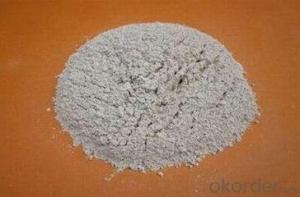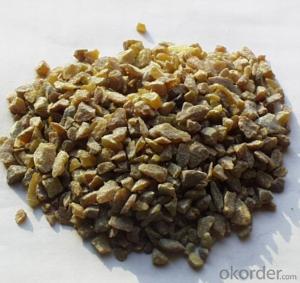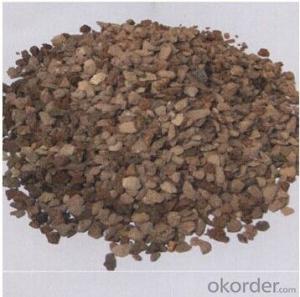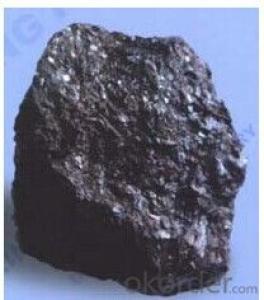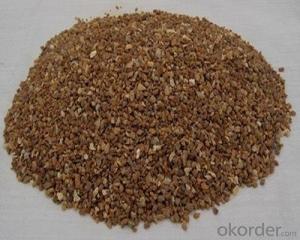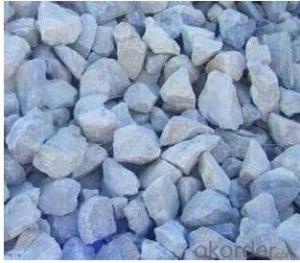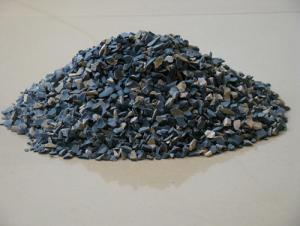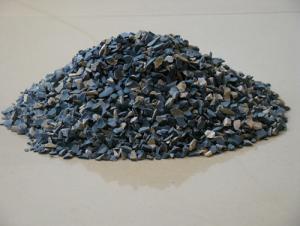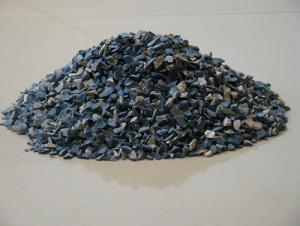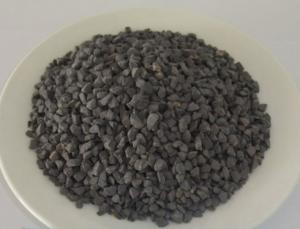Fused Magnesite Refractory Bricks Raw Material
- Loading Port:
- China main port
- Payment Terms:
- TT or LC
- Min Order Qty:
- 25 m.t.
- Supply Capability:
- 1000 m.t./month
OKorder Service Pledge
OKorder Financial Service
You Might Also Like
Product Description
Quick Details
Place of Origin: Liaoning, China
Application: Refractory
Shape: Block
Material: Magnesite
Chemical Composition: Mgo;CaO;SiO2
Mgo:96%-97%
Product name: FM
Payments terms: 1. 100% L/C at sight 2. 30% T/T prepayment, balance against BL copy
Delivery Time: Within 30 days after receiving L/C or 30% T/T prepayment
Usage: Metallurgy, Foundry, Abrasive, Refractory, Deoxidizer
Advantage: Timely Shipment, High quality, Good performance
Packing: 1mt/bag or as customers' requirements
Size: 0-30mm etc
Sample supply: free sample
Color: Brown, white
MOQ: 25Mt
Supply Ability
Supply Ability:1000 Metric Ton/Metric Tons per Month
Grade | MgO | SiO2 | CaO | Fe2O3 | Al2O3 | Loi | B.D g/cm3 |
Dicalcium-fused magnesium | 97.00 | 0.70 | 1.40 | 0.60 | 0.20 | 0.10 | 3.30-3.36 |
96.50 | 0.85 | 1.60 | 0.70 | 0.20 | 0.15 | 3.20-3.30 | |
96.00 | 0.95 | 1.90 | 0.80 | 0.23 | 0.12 | 3.20-3.30 | |
Common fused magnesite | 97.20 | 0.80 | 1.10 | 0.60 | 0.20 | 0.10 | 3.30-3.36 |
96.50 | 1.20 | 1.30 | 0.70 | 0.20 | 0.10 | 3.20-3.30 | |
96.00 | 1.40 | 1.50 | 0.80 | 0.20 | 0.10 | 3.20-3.30 | |
Size | 0-1mm, 0-30mm, 1-15mm, 1-30mm, 200mesh or according to customer's requirements. | ||||||
Plant photos:
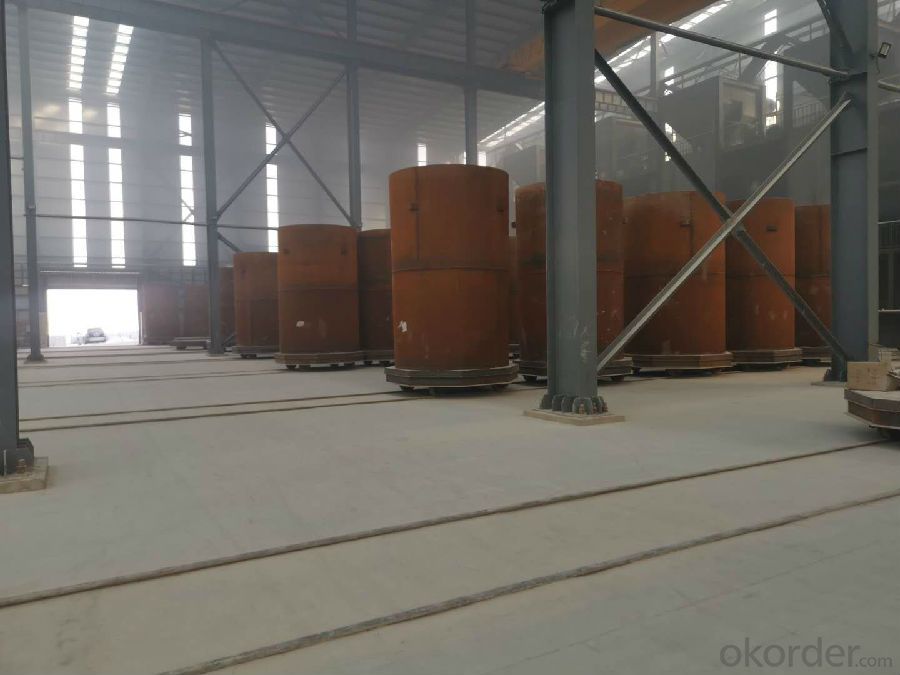
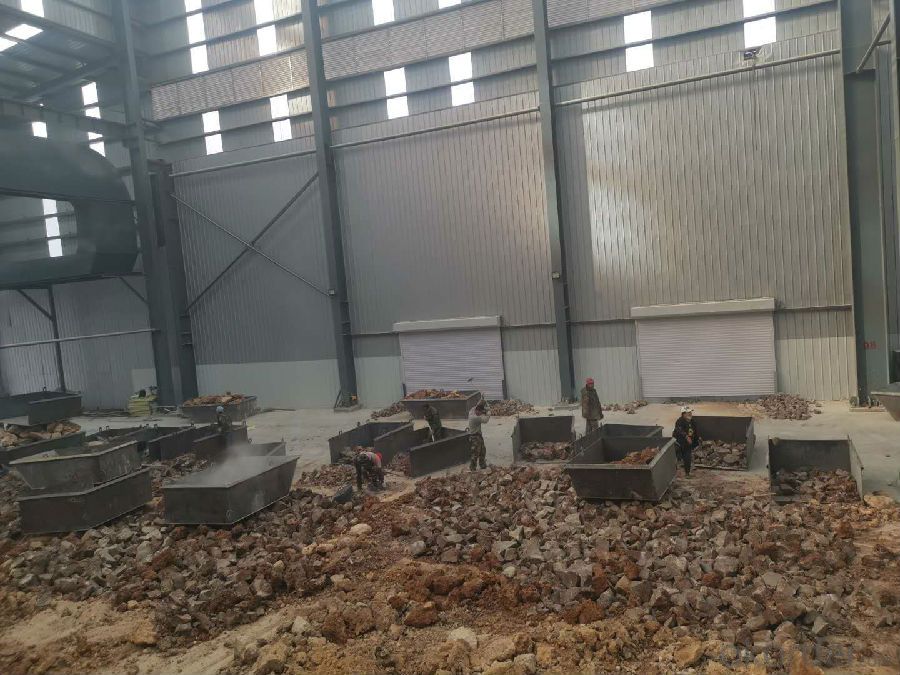
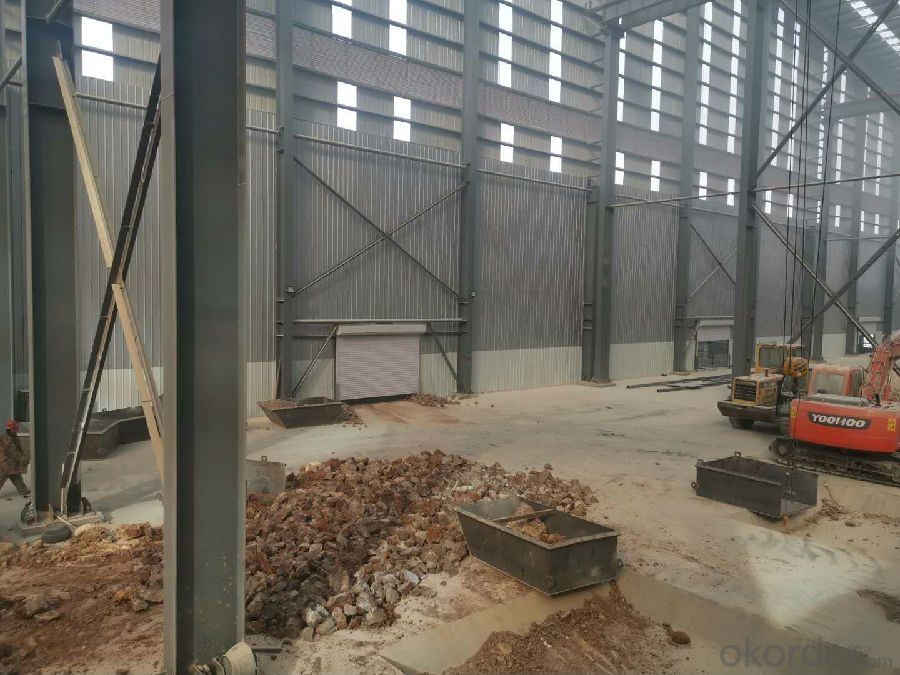

Packaging & Delivery
Packaging Details1MT/bag or as customers' requirements.
Port Main port of China
Loading:
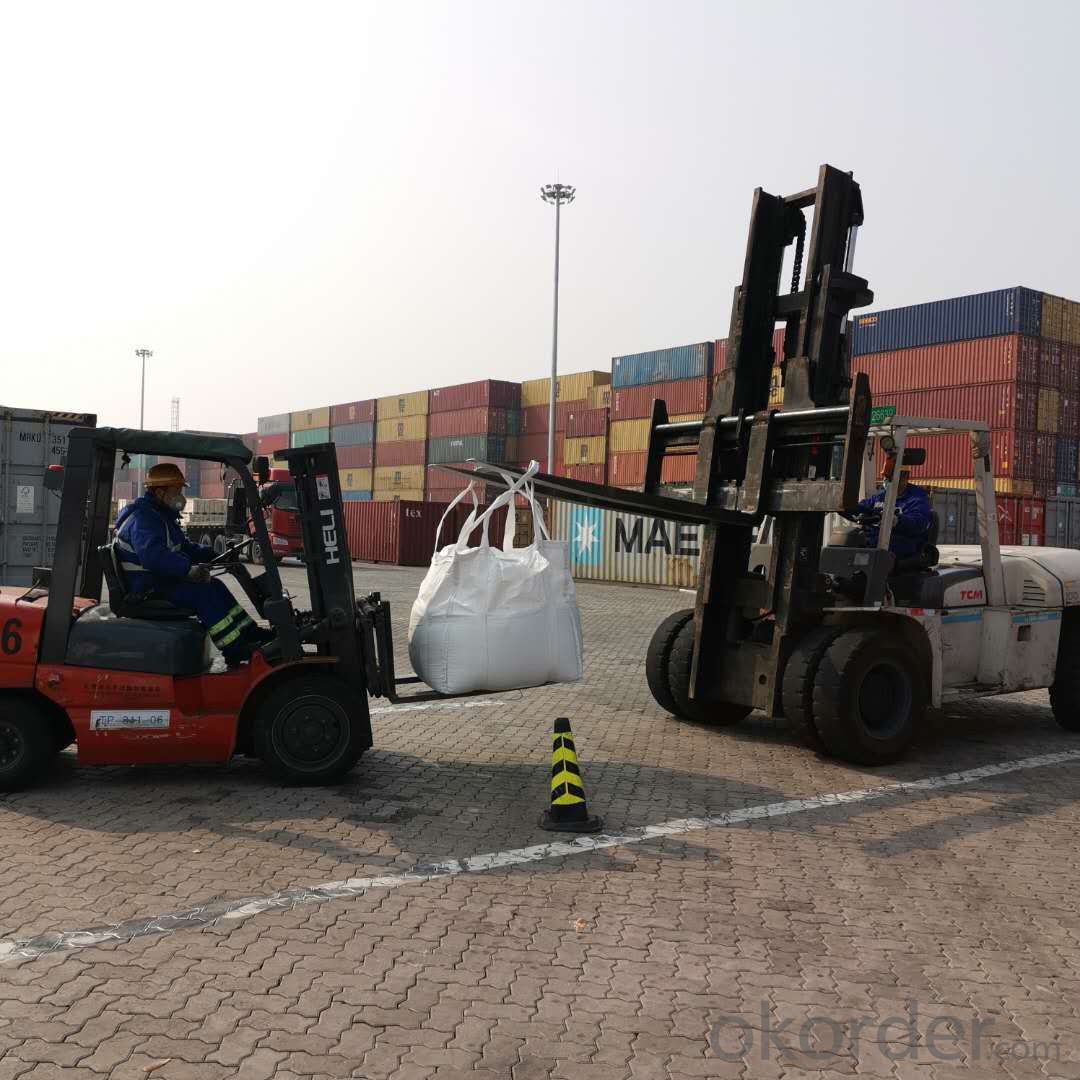
What is fused magnesite?
Fused magnesite is produced by high quality magnesite through electro- fusing, After melting, the SiO2 of material moves to the surface for the difference in the specific, so it has well grown crystals, well crystal perfection and structure homogeneity, excellent chemical stability, good corrosion resistance to slag and high strength at high temperature.
Where to apply fused magnesite?
It is widely used for gunning materials, fused magnesite ramming material, magnesite brick, magnesite chrome brick, vacuum and vacuum induction furnace, electric arc furnace refractory lining, magnesia crucible, furnace and a variety of refractory, such as large scale glass furnace by floating method, electrical furnace, convert furnace, house hold electrical appliances as electrical insulating materials,
- Q: hat kind of fire retardant materials are there
- fire-retardant materials include phosphorus chlorine, bromine and antimony, aluminum, boron based flame retardant, nanometer magnesium hydroxide, high purity industrial grade magnesium hydroxide flame retardant, high purity industrial grade modified magnesium hydroxide flame retardant, composite flame retardant magnesium hydroxide, aluminum hydroxide flame retardant, modified aluminum hydroxide flame retardant, light magnesium-oxide, unsaturated resin flame retardant, silicone rubber flame retardant, polyamide flame retardant, PE flame retardant, PP Flame Retardant, PVC flame retardant, wood flame retardant, special flame retardant for paper, CPE flame retardant, fabric coating rubber flame retardant, flame retardant carpet adhesive, water based coating flame retardant, oily coating flame retardant, power coating flame retardant, ink flame retardant, and heat stabilizer.
- Q: Preparation of refractory clay
- Is it to make refractories? Add some andalusite to the refractory mortar will improve the effect.
- Q: The classification of fire-resistant material
- Refractory material cna be divided into common and special fire proofing material. Common fire proofing material can be sub-divided in to acid fire proofing material, neutral fire proofing material. and alkaline fire proofing material according to chemical properties. Special fire proofing material can be divided into high temperature oxide refractory, refractory compounds and high temperature composite materials according to the composition. In addition, it also can be divided into common refractory products (1580 ~ 1770 ℃), high-grade refractory products (1770 ~ 1770 ℃) and super refractory products (above 2000 ℃) according to the strength . According to the shape, it can be divided into block (standard brick, special-shaped brick, etc.), special shape (crucible, sagger, pipe, etc.), fibrous (aluminum silicate, zirconia and boron carbide, etc.) and irregular shape (refractory clay, refractory castable, ramming material and so on). According to sintering process, it can be divided into sintered product, fused cast product and melting jetting product.
- Q: What material is refractory material?
- Basic refractory materials, basic refractory, CaO, basic, MgO style alkaline earth oxide. The refractory materials mainly refers to magnesia refractories, dolomitic and lime refractory refractory. Main categories: (1) strongly basic magnesite brick, magnesia carbon brick, limestone and dolomite brick refractory materials;(2) alkalescent magnesia chrome refractories, forsterite refractory, magnalium and magnesia-chrome spinel refractory, basic refractory materials, high-temperature caustic slag, alkaline solvent resistance, strongly acidic slag flux or acidic refractory. The reaction is mainly used in steel furnace such as colour metal smelting furnace and cement kiln.
- Q: Who knows the fire resistant level of the rock wool color plate?
- Hello; Same with other unprotected steel, the fire endurance of the color steel?plate is generally 15 minutes. It is not a fireproofing material, let alone fire resistant level. If the color steel plate has sprayed fire retardant coating and the thermal insulation filling material in the core is rock wool fiber, it can achieve A level fireproofing requirements. The color steel?plate refers to the painted steel plate, which is a steel plate with organic coating. The color steel board is divided into the single plate, color steel composite board, floor support board, ect. It is widely used in large public buildings, public plants, portable dwelling, and integrated housing walls and roofings. I hope that will help you.
- Q: How to deiron refractory?
- Our company uses magnetic separation method.
- Q: Does anyone know what is a lightweight refractory material?
- Light weighted castable is one of the kind.
- Q: The manufacturing technique of refractory material
- Melt blowing method is to melt the ingredients first, In addition, hiphotos, organic impurities, to be mixed, add sulfite pulp waste liquid into magnesia billet , ensure the accuracy of the product dimension. The products are mainly used for light refractory. then dry and fire with sintering to reduce the firing shrinkage of products, making it disperse into fiber or hollow sphere. The porpose of pre sintering raw material is to Sintering method is pre-sintering part of the raw material into clinker. such as adding binding clay into aluminum silicate blank
- Q: What is the fireproofing requirements of external wall thermal insulation materials?
- According to the "building external wall insulation fire barrier zone technical regulations" to be published: it is not less than the level B2. But before the procedure was published, it should be strictly implemented the document, level A is the best, I hope to help you, hope to adopt
- Q: Which refractory is suitable for the tunnel kiln?
- The refractories produced by the following ten manufacturers are relatively good. They are all being the top ten brands! 1. king coconut (Chinese well-known trademarks, famous brand, the nation's largest manufacturer of wood panels, large building materials chain enterprises, Hangzhou king coconut Holding Group Co., Ltd.) 2. Fuxiang (founded in 1998, the leading professional sheet production outstanding enterprises, Fuxiang Industrial Co., Ltd.) 3. Bunny (China famous brand, China Top brand, plywood industry iconic brand, large listed companies, high-tech enterprises, Edward Bunny decoration materials Co., Ltd. 4. new Millennium boat ( Chinese well-known trademarks, famous trademarks in Zhejiang, Zhejiang famous brand, well-known trademarks in Hangzhou, Zhejiang Province key forestry enterprises, the Millennium boat Group Hangzhou Huahai Wood Industry Co., Ltd.) 5. Jin Luli (China famous brand, Chinese brand-name products, Shandong Province, to wood-based panels and steel-based enterprises, hundred private enterprises in Shandong Province, Luli Group Co., Ltd.) 6. Albert (professional fire protection board development / production and marketing of the modern manufacturer, the introduction of advanced production technology industry HPL) 7. desert oasis (China famous brand lumber, China's top ten brands plate, sheet famous Chinese brand, oasis Wood) 8. Peng Che-hung (professional fire protection board development / production and marketing of the modern manufacturer, the introduction of advanced production technology industry HPL ) 9. Worldwide (professional magnesium fire plate glass production and sales of integrated large-scale well-known enterprises, famous brands Firewood industry) 10. Mogan (national key high-tech enterprises, China's largest and most influential environment-friendly decorative materials production one of the enterprises, Zhejiang Hua Yunfeng new material Co., Ltd.)
Send your message to us
Fused Magnesite Refractory Bricks Raw Material
- Loading Port:
- China main port
- Payment Terms:
- TT or LC
- Min Order Qty:
- 25 m.t.
- Supply Capability:
- 1000 m.t./month
OKorder Service Pledge
OKorder Financial Service
Similar products
Hot products
Hot Searches
Related keywords

